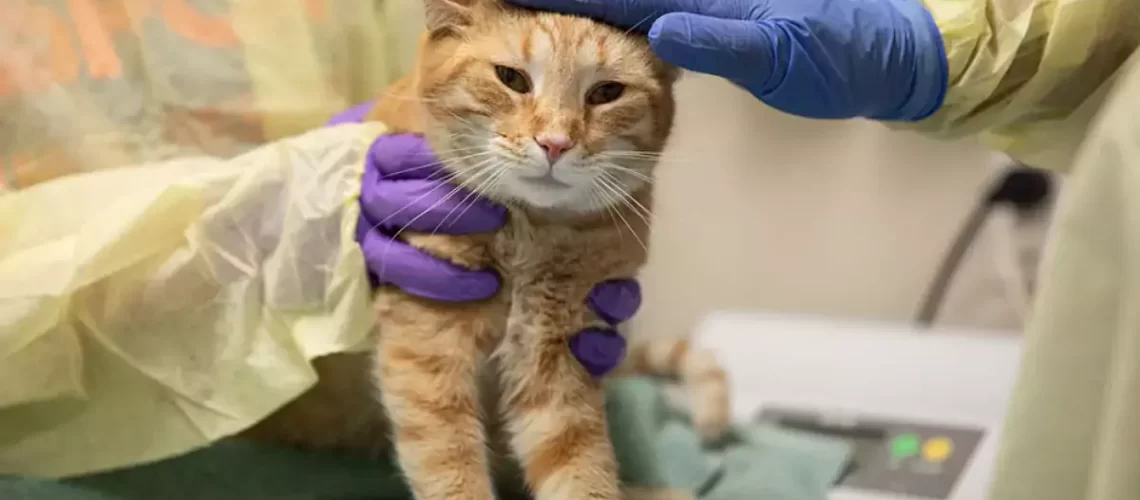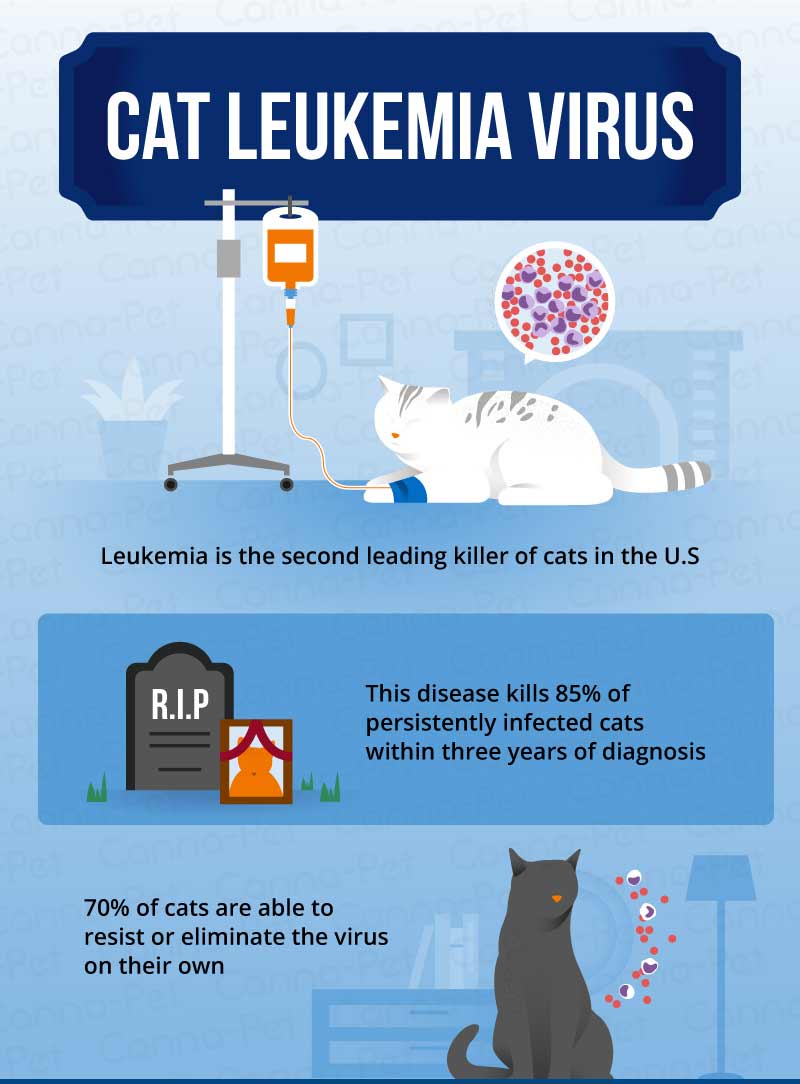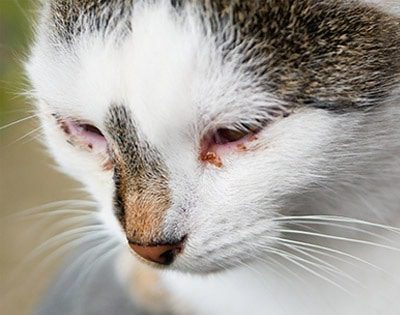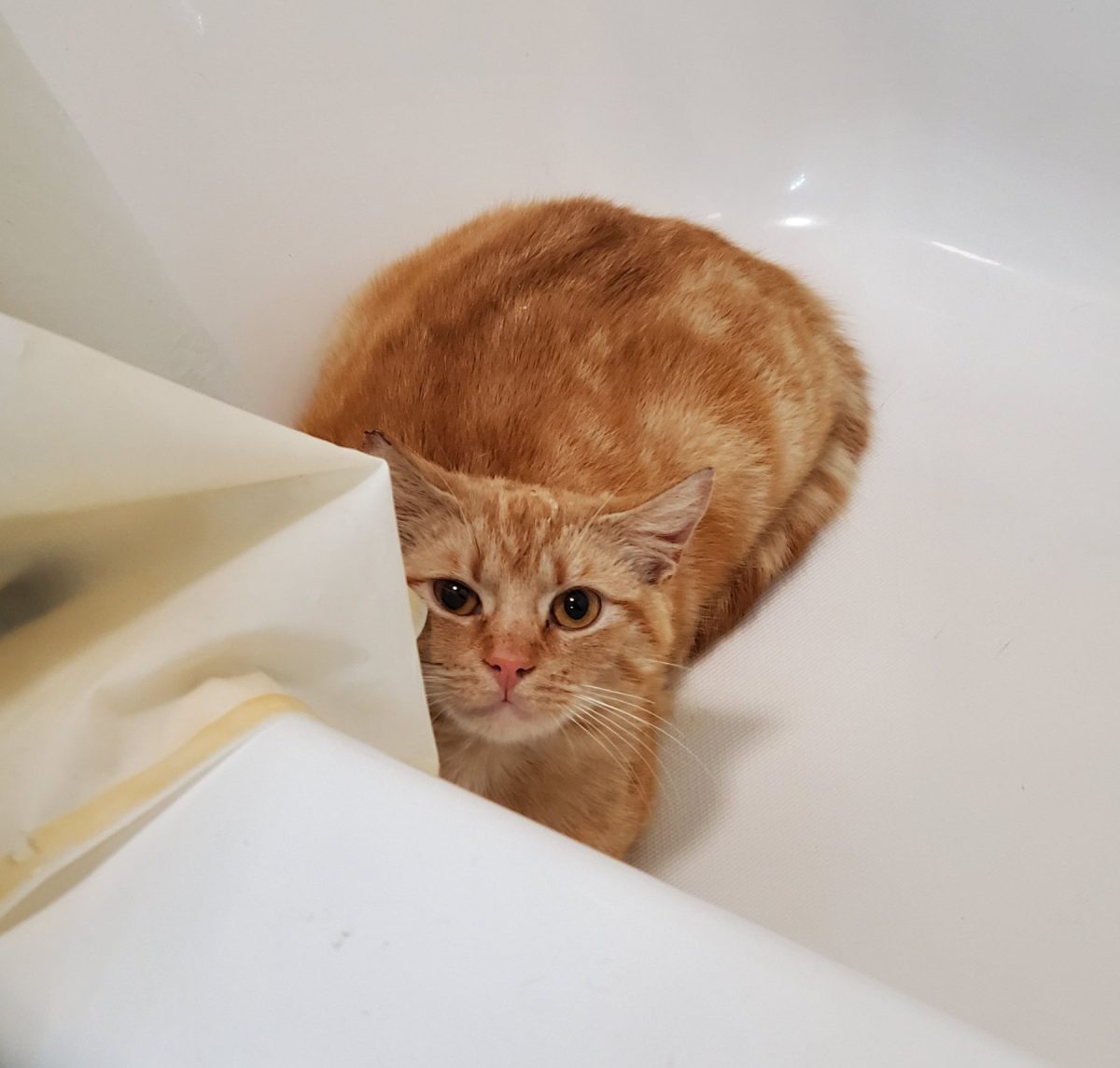Are you a cat owner? If so, listen up! We're about to dive into a topic that could save your furry friend's life. Pyometra: it may sound like a mouthful, but understanding this serious concern is essential for every cat owner. Picture this: your beloved feline companion suddenly falls ill, and you have no idea why. Well, my friend, pyometra could be the culprit. But fear not! By delving into this subject, you'll gain valuable knowledge that can help you protect your precious pet from this potentially deadly condition. So, let's uncover the secrets of pyometra together and ensure the well-being of our furry family members.
Key Takeaways:
- Pyometra is a serious and potentially life-threatening infection of the uterus in cats.
- It primarily affects unspayed female cats, especially those over the age of 4.
- Common symptoms include lethargy, loss of appetite, increased thirst, and vaginal discharge.
- Early detection and treatment are crucial for a successful outcome.
- The most effective way to prevent pyometra is by spaying your female cat at an early age.
Understanding Pyometra: A Serious Concern for Cat Owners
What is Pyometra?
Pyometra is a serious infection that affects female cats. It occurs when the uterus, or womb, becomes infected and fills with pus. This can happen after a cat goes through a heat cycle but does not become pregnant. The hormones released during the heat cycle can cause changes in the lining of the uterus, making it more susceptible to infection. Pyometra is a life-threatening condition and requires immediate veterinary care.
Common Symptoms of Pyometra
It's important for cat owners to be aware of the common symptoms of pyometra so they can seek veterinary help as soon as possible. Some signs to watch out for include:
- Increased thirst and urination
- Lethargy and weakness
- Loss of appetite
- Vomiting or diarrhea
- Swollen abdomen
If you notice any of these symptoms in your cat, it's crucial to contact your veterinarian right away.
How Pyometra Occurs in Cats and Common Symptoms to Watch For
How Does Pyometra Occur?
Pyometra usually occurs after a cat goes through a heat cycle but does not become pregnant. During the heat cycle, the lining of the uterus thickens in preparation for pregnancy. If pregnancy does not occur, this thickened lining can become a favorable environment for bacteria to grow, leading to an infection.
Common Symptoms of Pyometra
The symptoms of pyometra can vary depending on whether it is an open or closed pyometra. In an open pyometra, pus may be discharged from the vagina, which can have a foul odor. In a closed pyometra, there is no discharge, but the pus accumulates within the uterus. Other common symptoms include:
- Increased thirst and urination
- Lethargy and weakness
- Loss of appetite
- Vomiting or diarrhea
- Swollen abdomen
If you notice any of these symptoms in your cat, it's important to seek veterinary care immediately.
Preventing Pyometra in Cats: Tips for Cat Owners
Spaying as a Preventative Measure
One of the most effective ways to prevent pyometra is by spaying your female cat. Spaying involves removing the uterus and ovaries, eliminating the risk of developing this infection. It also has other benefits, such as preventing unwanted pregnancies and reducing the risk of certain cancers.
Maintaining Good Hygiene
Maintaining good hygiene for your cat can also help prevent pyometra. Regularly cleaning your cat's genital area can reduce the chances of bacteria entering the uterus. Additionally, keeping your cat's living environment clean and providing a balanced diet can contribute to overall health and reduce the risk of infections.
Risks and Complications of Untreated Pyometra in Cats
Life-Threatening Infection
If left untreated, pyometra can lead to severe illness or even death in cats. The infection can spread throughout the body, causing organ damage and systemic complications. As pus accumulates within the uterus, it creates pressure that can rupture the uterus, leading to life-threatening consequences.
Increased Medical Costs
Treating pyometra can be costly, especially if complications arise. Surgery may be required to remove the infected uterus, along with medications to combat the infection. The longer pyometra goes untreated, the more complex and expensive the treatment becomes.
Diagnosing Pyometra in Cats: Veterinary Methods and Treatment Options
Veterinary Diagnosis
To diagnose pyometra, a veterinarian will perform a thorough physical examination of the cat and may recommend additional tests, such as blood work and imaging. An ultrasound or X-ray can help determine if the uterus is enlarged and filled with pus.
Treatment Options
The most common treatment for pyometra is surgery to remove the infected uterus, known as an ovariohysterectomy or spay. This procedure eliminates the source of infection and prevents future occurrences. In some cases, if a cat is not fit for surgery due to other health issues, alternative treatments like antibiotics and hormone therapy may be considered.
Long-Term Effects of Pyometra on a Cat's Health and Fertility
Impact on Health
Pyometra can have long-term effects on a cat's health, especially if left untreated. The infection can cause damage to organs such as the kidneys, liver, and heart. It weakens the immune system, making the cat more susceptible to other illnesses. Prompt treatment is essential to minimize these potential long-term health consequences.
Impact on Fertility
Pyometra can permanently affect a cat's fertility. If the uterus is removed during surgery to treat pyometra, the cat will no longer be able to become pregnant. Spaying your cat before she develops pyometra is an effective way to prevent this complication.
Prompt Detection and Treatment of Pyometra: Steps for Cat Owners to Take
Regular Veterinary Check-ups
Regular veterinary check-ups are crucial in detecting any potential health issues early on. Your veterinarian can perform routine examinations and recommend preventive measures like spaying that can significantly reduce the risk of pyometra.
Recognizing Early Symptoms
Being aware of the early symptoms of pyometra is important for prompt detection and treatment. If you notice any changes in your cat's behavior, appetite, or overall health, consult with your veterinarian immediately.
Immediate Veterinary Care
If you suspect your cat may have pyometra, it is vital to seek immediate veterinary care. The sooner the infection is diagnosed and treated, the better the chances of a successful outcome. Delaying treatment can lead to life-threatening complications and increase the risk of long-term health issues for your beloved feline companion.
In conclusion, pyometra is a serious concern for cat owners. It is important to recognize the symptoms and seek veterinary care promptly to ensure the health and well-being of our feline friends.
How long can my cat live with pyometra?
If not treated promptly, the cat's condition can worsen quickly, and death can happen within a few days. In an open cervix pyometra, the cervix is partially open, which allows pus to be discharged from the infected uterus.
Can pyometra affect humans?
The condition is usually caused by the growth of anaerobic bacteria in a uterus that doesn't drain properly. Why is this specific case of the disease considered reportable? Pyometra, although common in dogs and cattle, is extremely rare in humans and is well-known within the veterinary community.
What is the mortality rate for pyometra?
Regrettably, pyometra is a frequently occurring and fragile condition. Despite the availability of modern treatment options, the mortality rate for pyometra is approximately 4%. If left untreated, the infection is fatal in every case.
Is pyometra surgery high risk?
In summary, there were few serious complications after surgical treatment for pyometra. Most cases followed national prescription guidelines (90%). Surgical site infections (SSI) were relatively common, but only occurred in dogs that did not receive antibiotics before or during surgery (10/90).
What are the odds of survival after pyometra surgery?
A study conducted at a veterinary teaching center discovered that a large majority (97% or 129 out of 133) of dogs with surgically treated pyometra had a high survival rate.
How fast does pyometra progress?
Pyometra can develop rapidly if it is a closed-cervix condition, with clinical symptoms appearing within just a few hours or days. However, if it is an open-cervix pyometra, it may take several days to weeks for the symptoms to become noticeable.

















